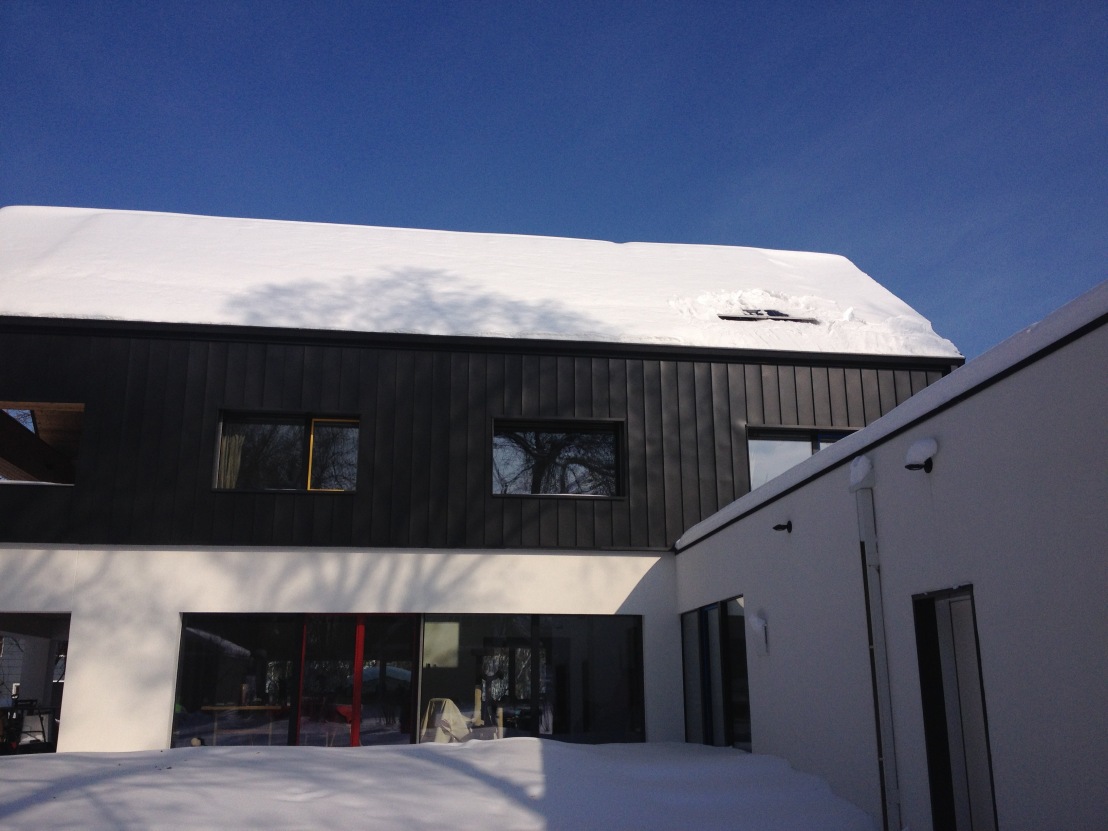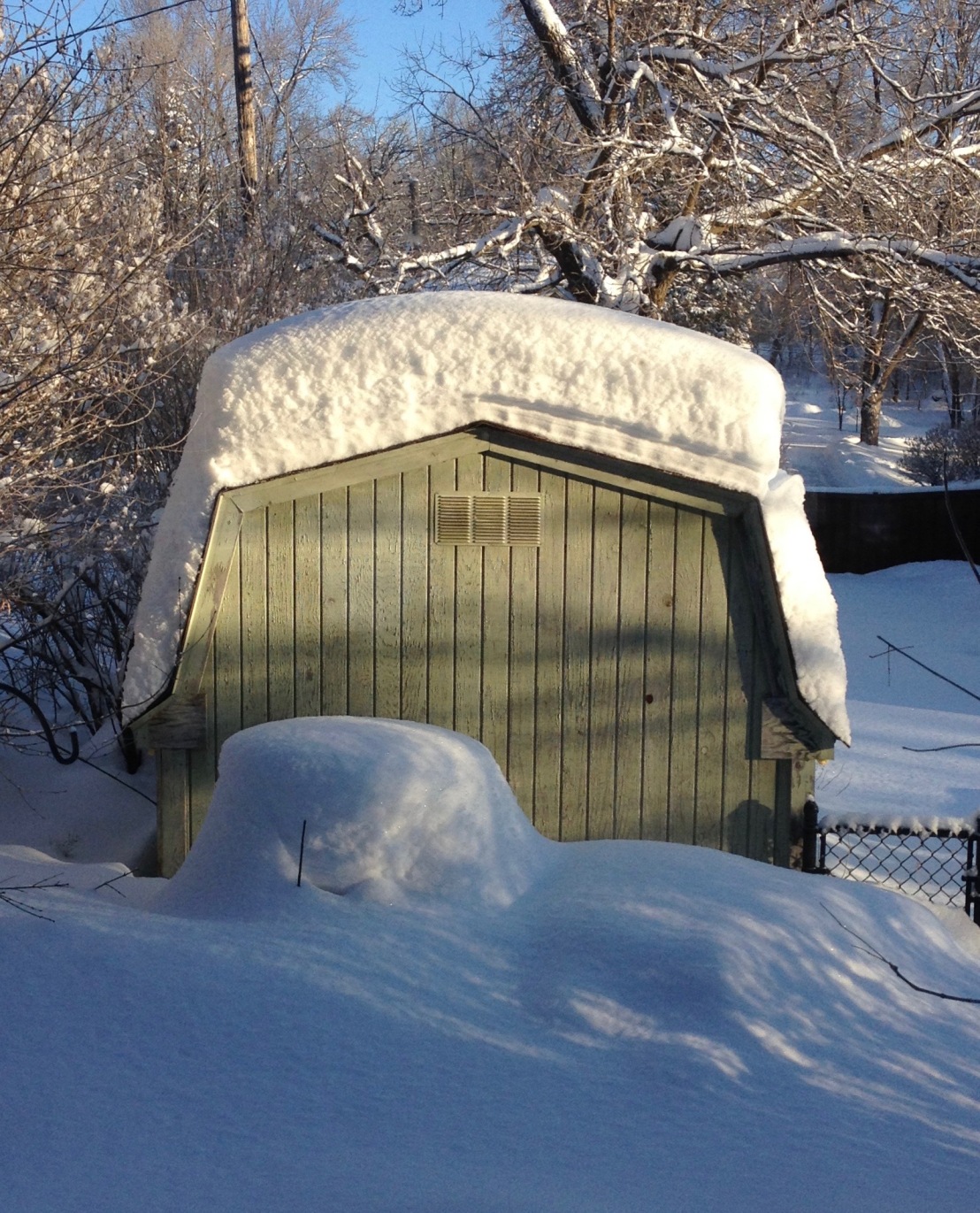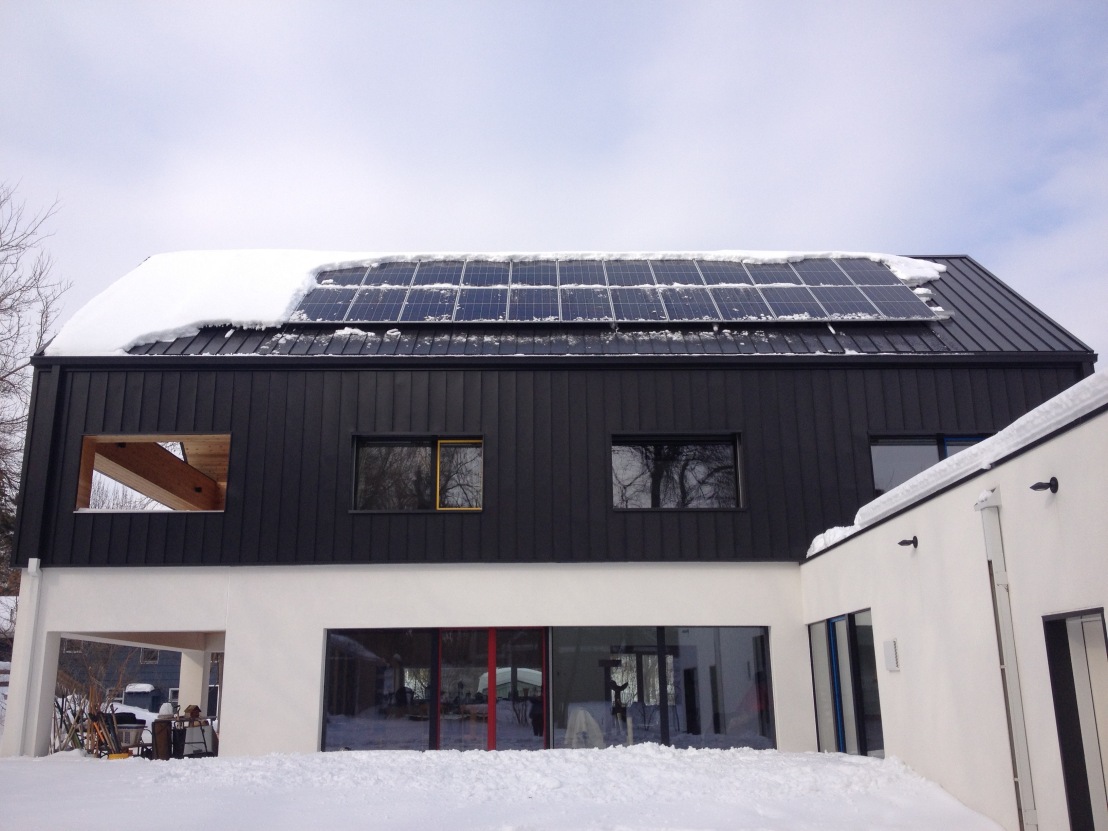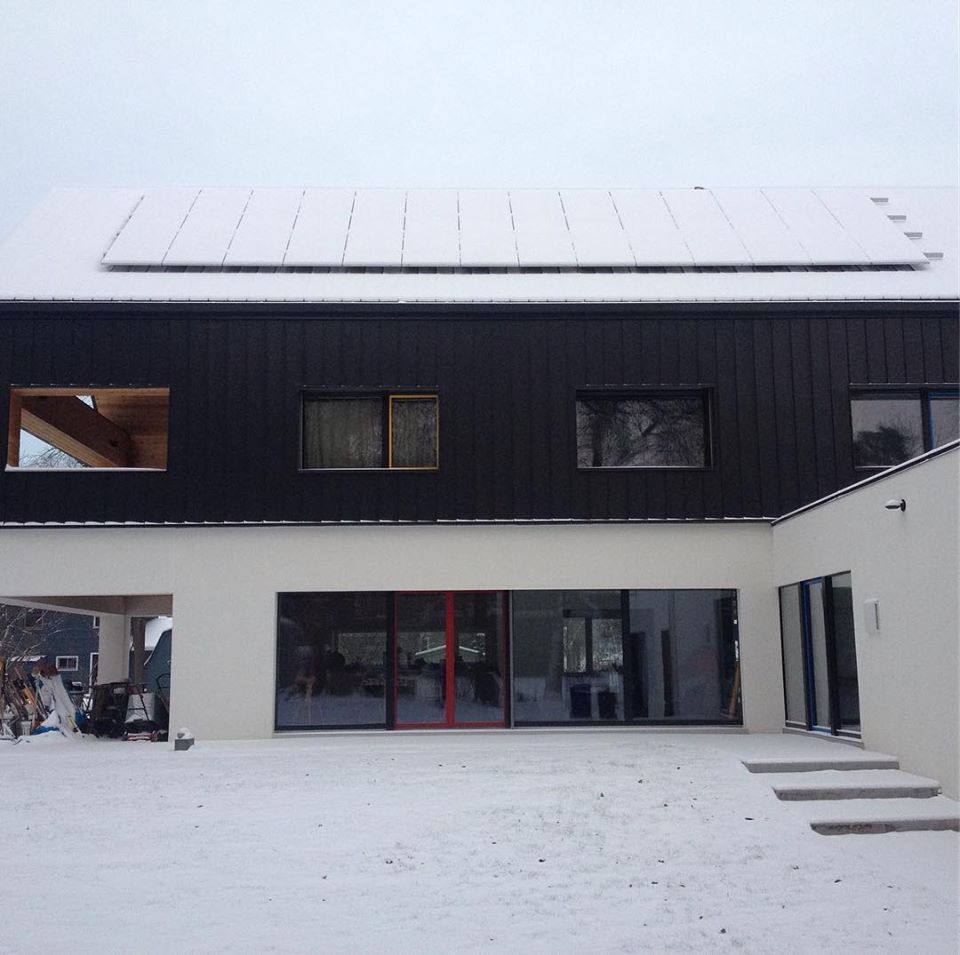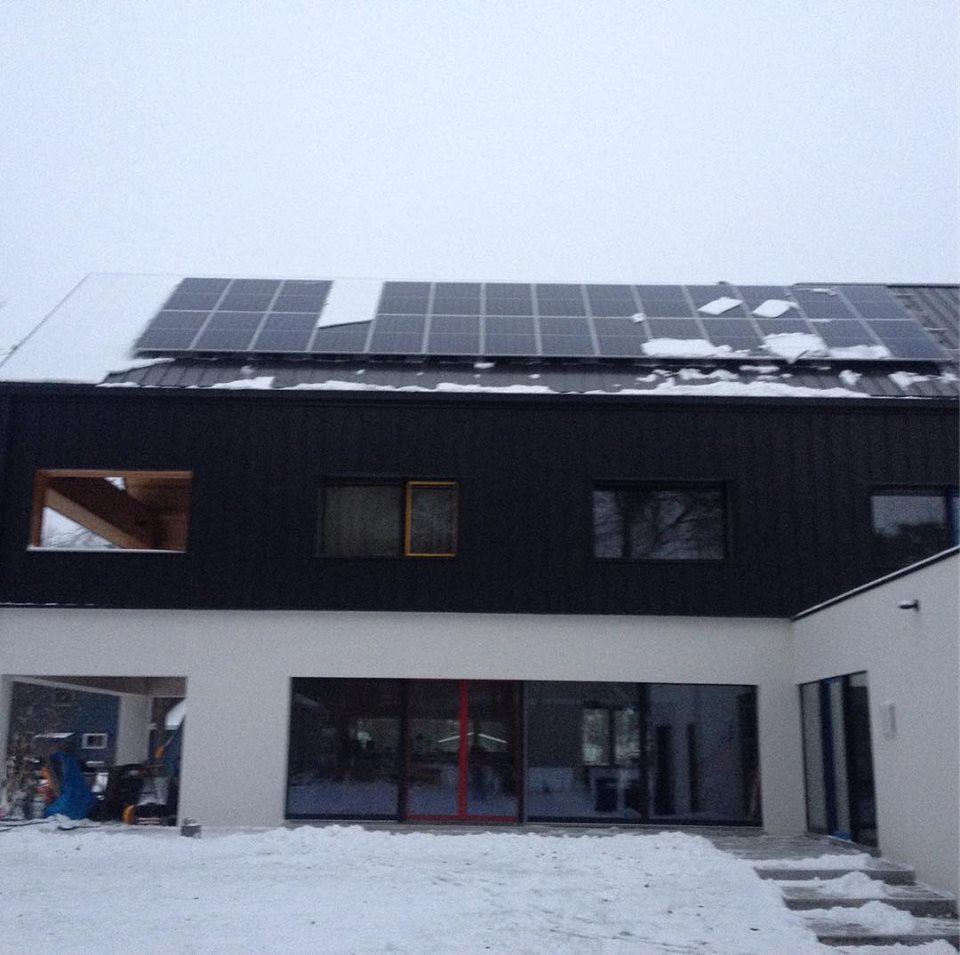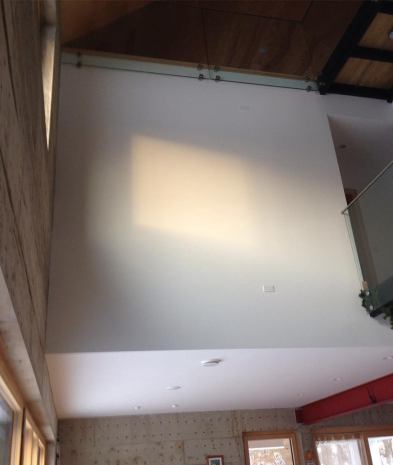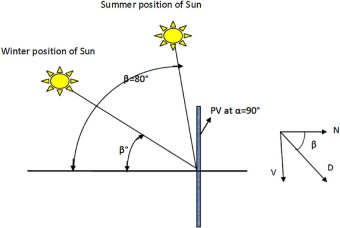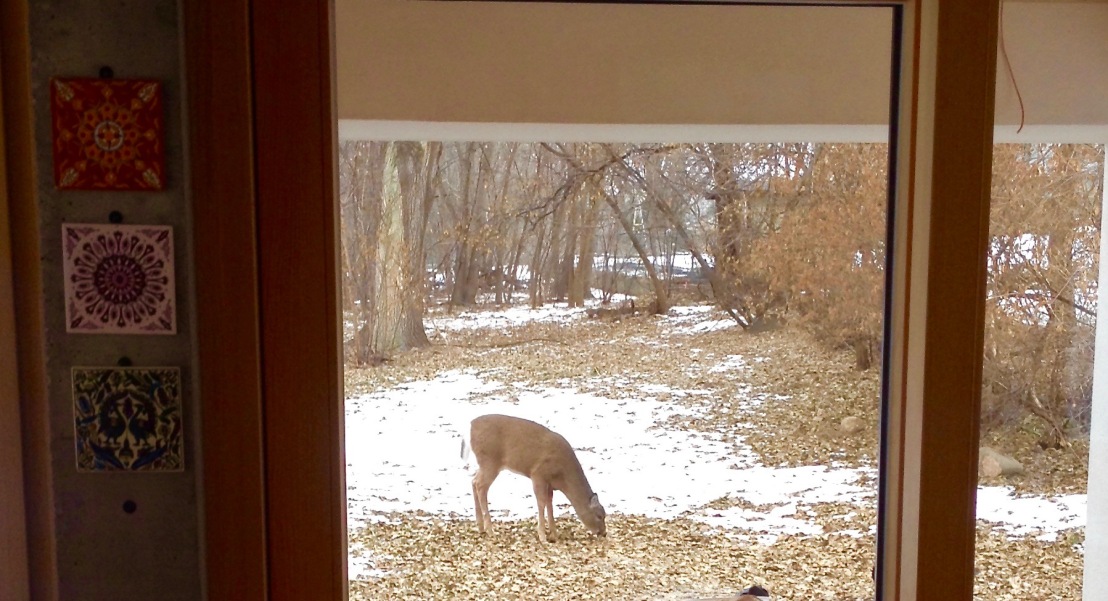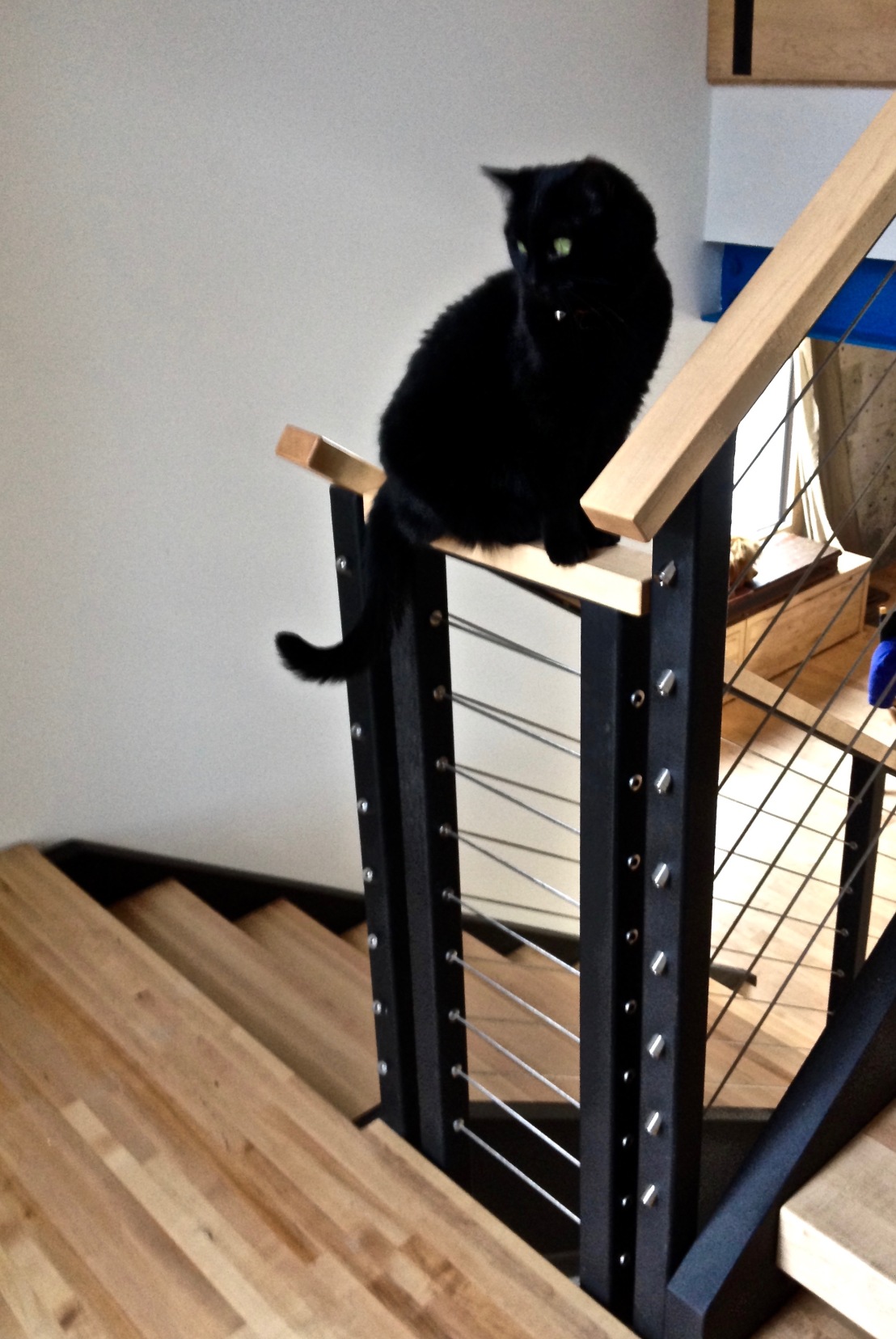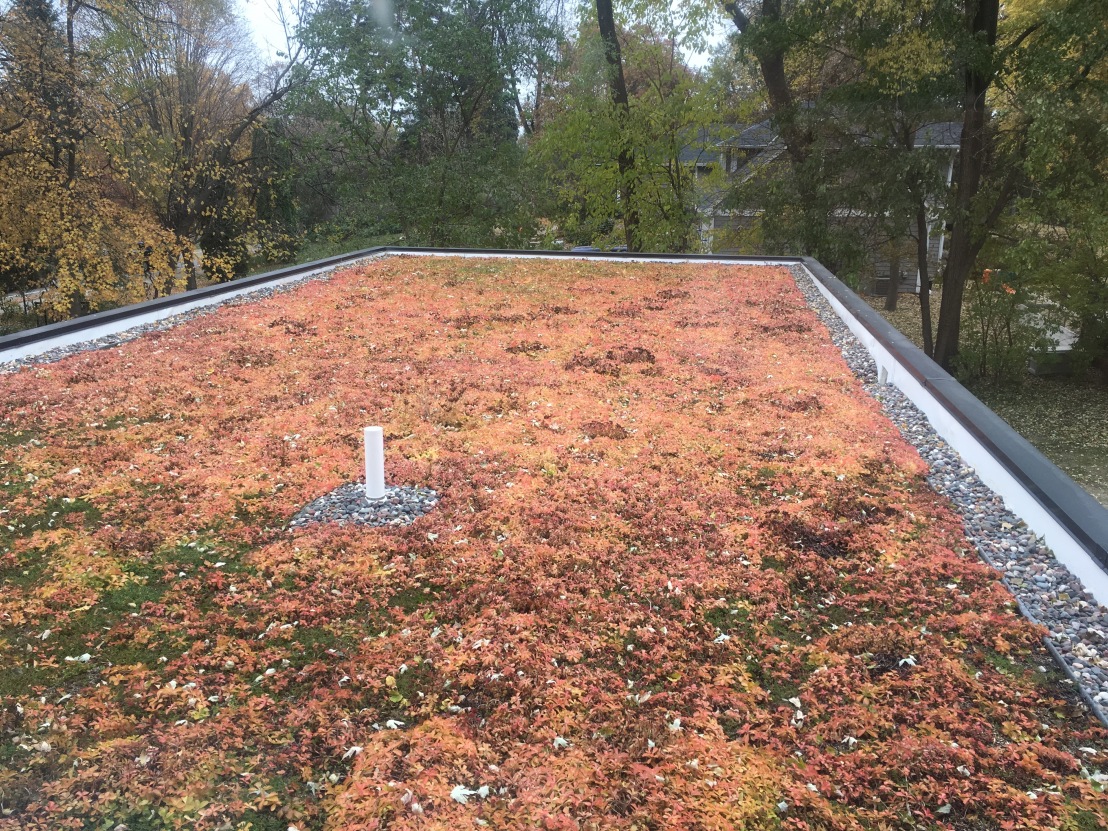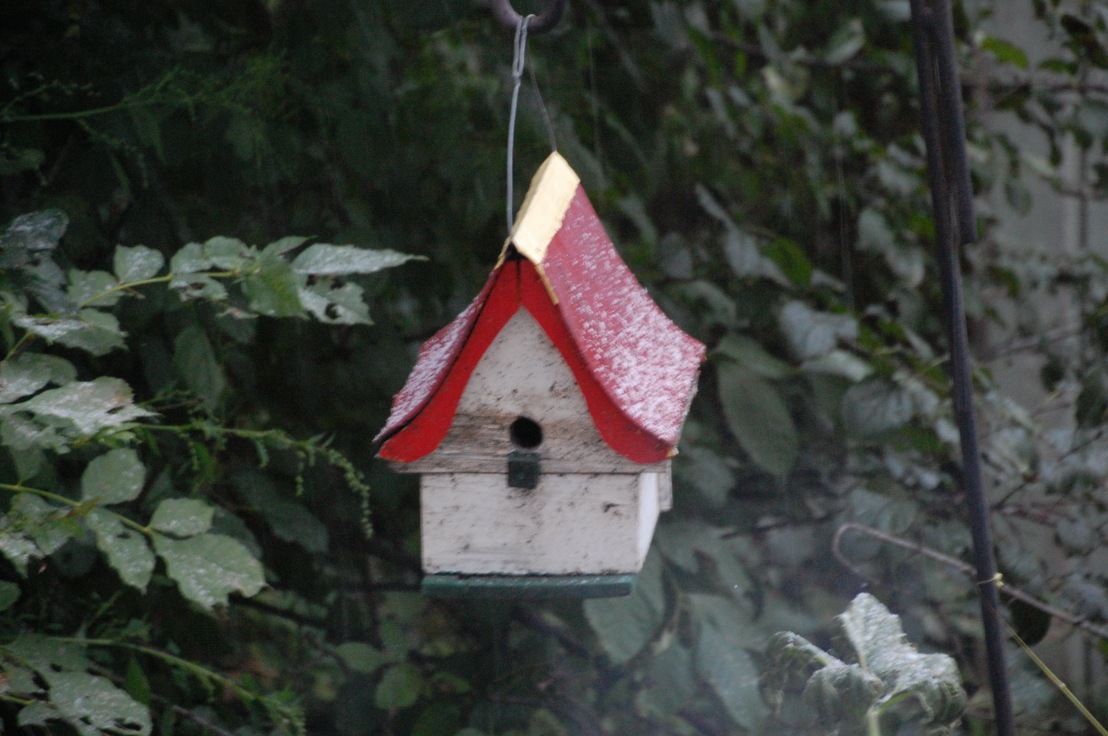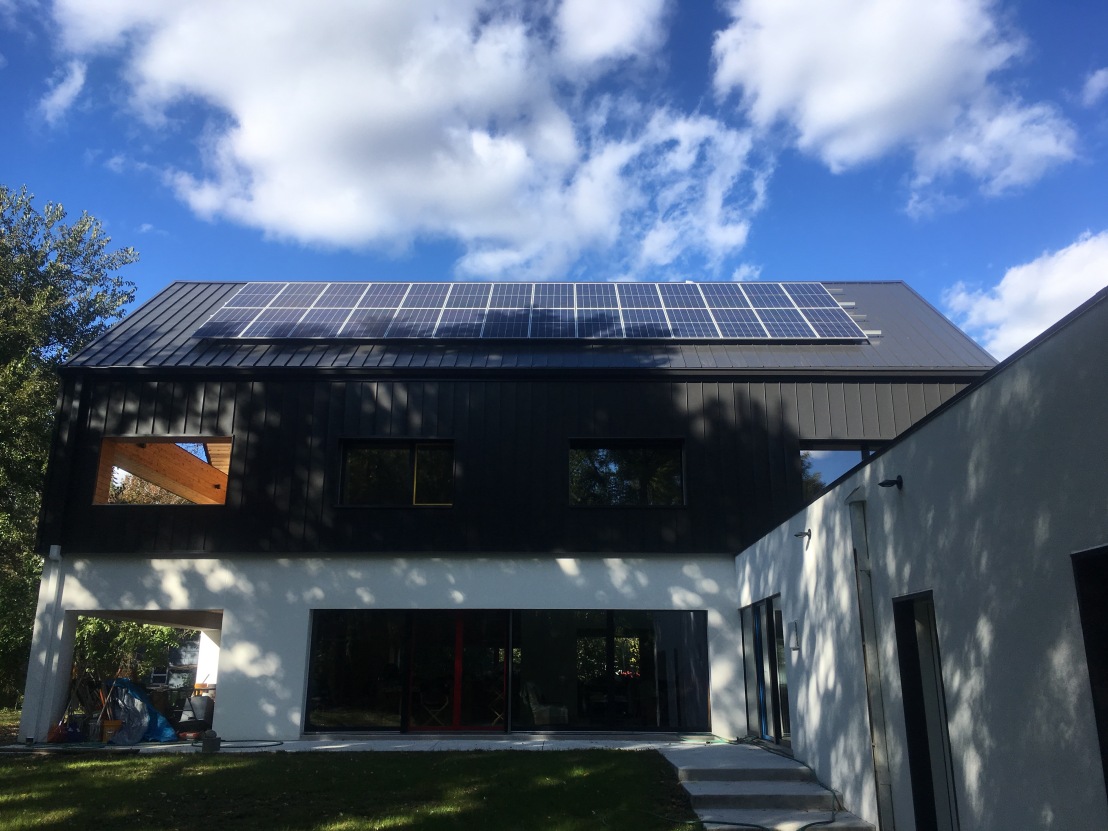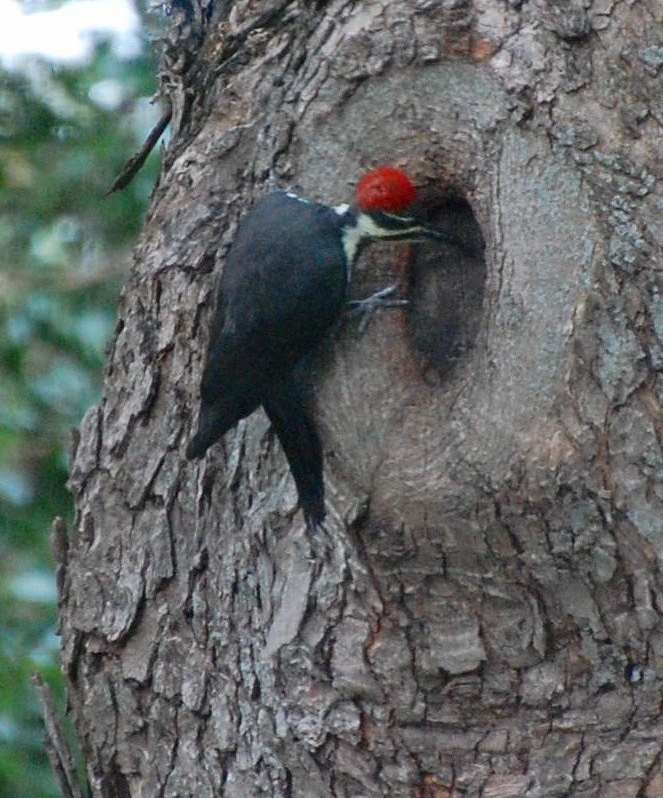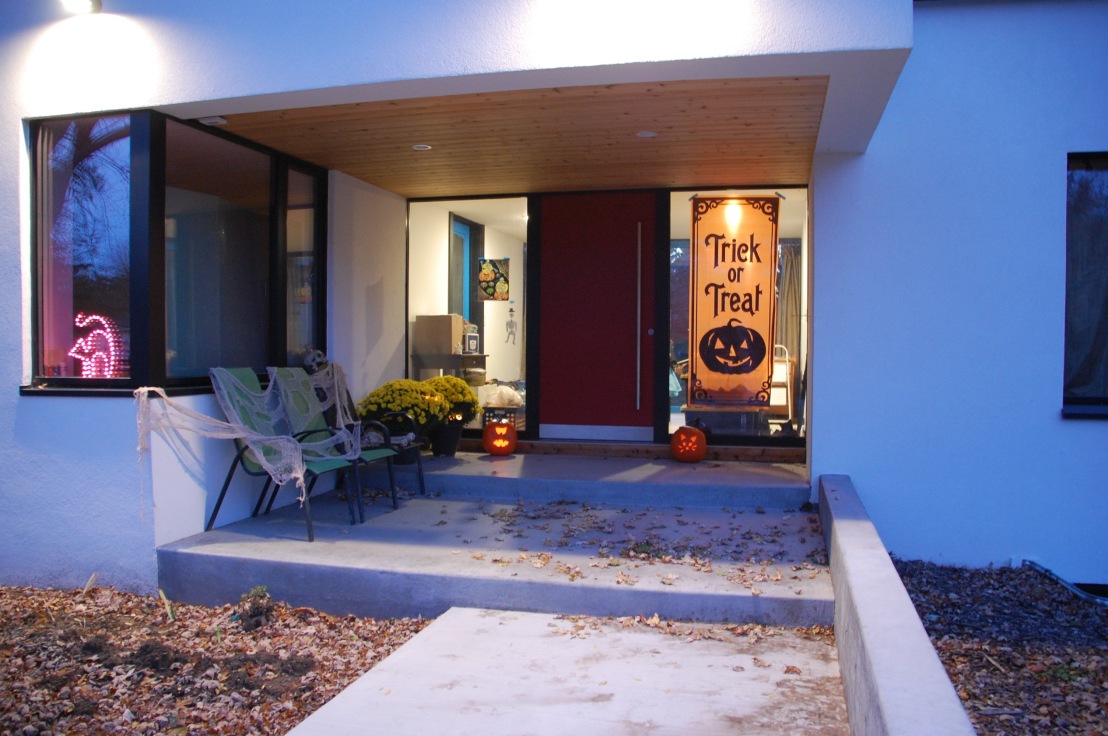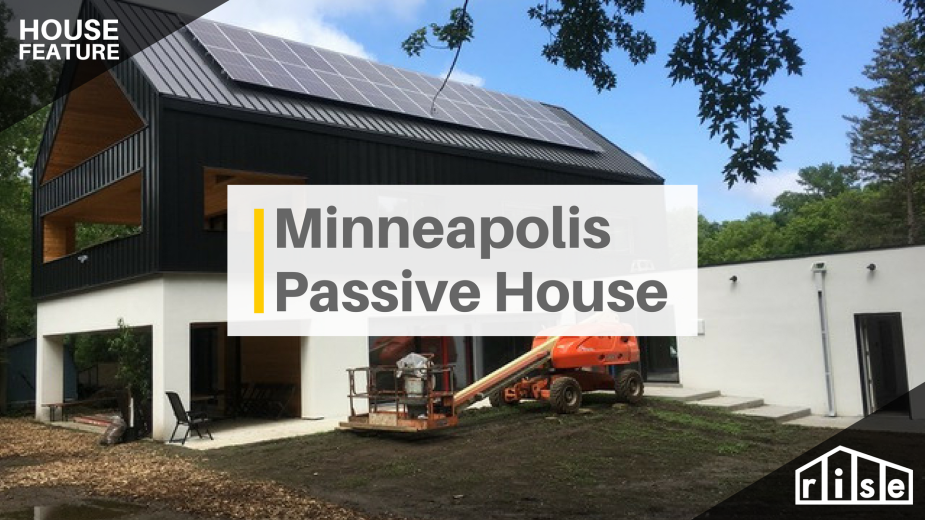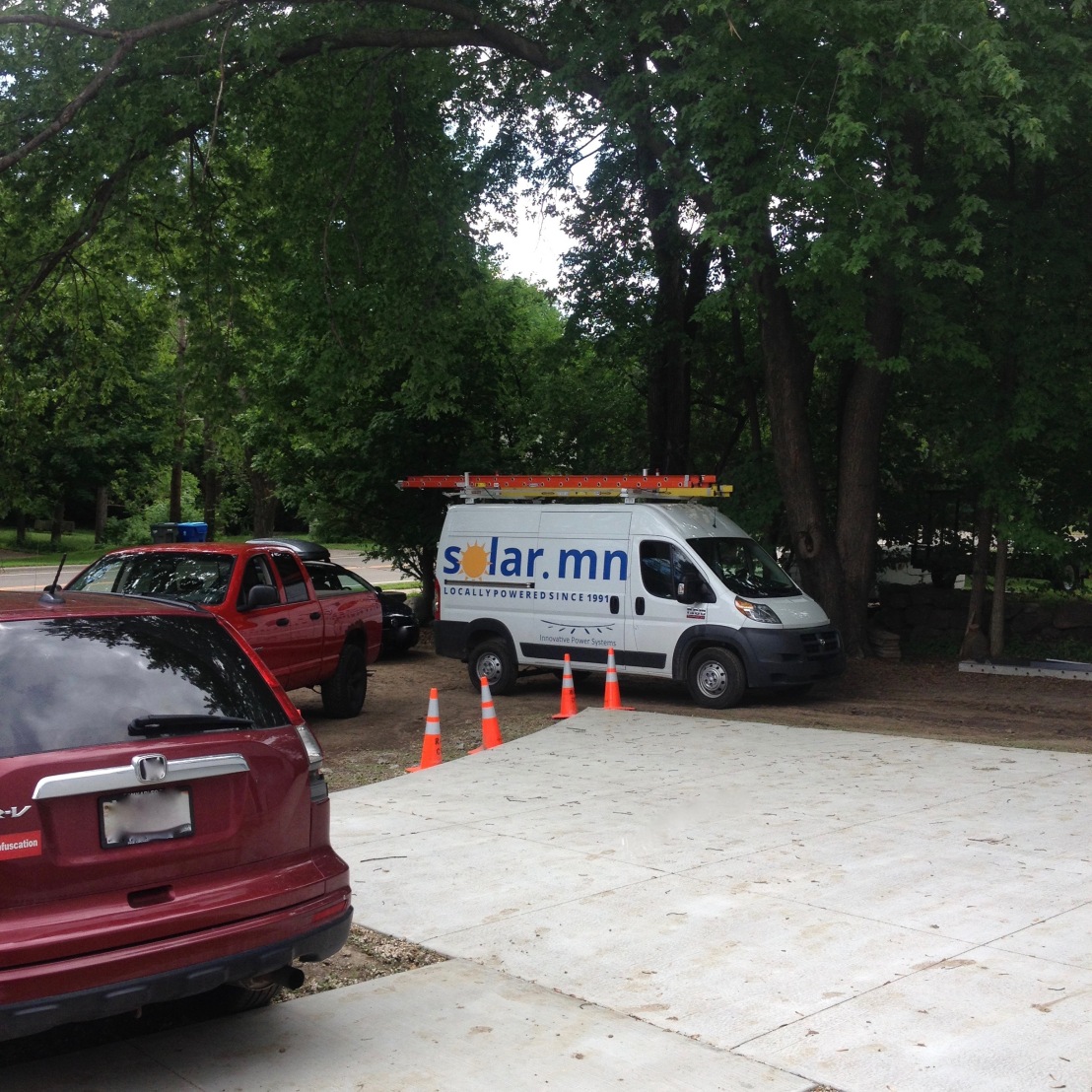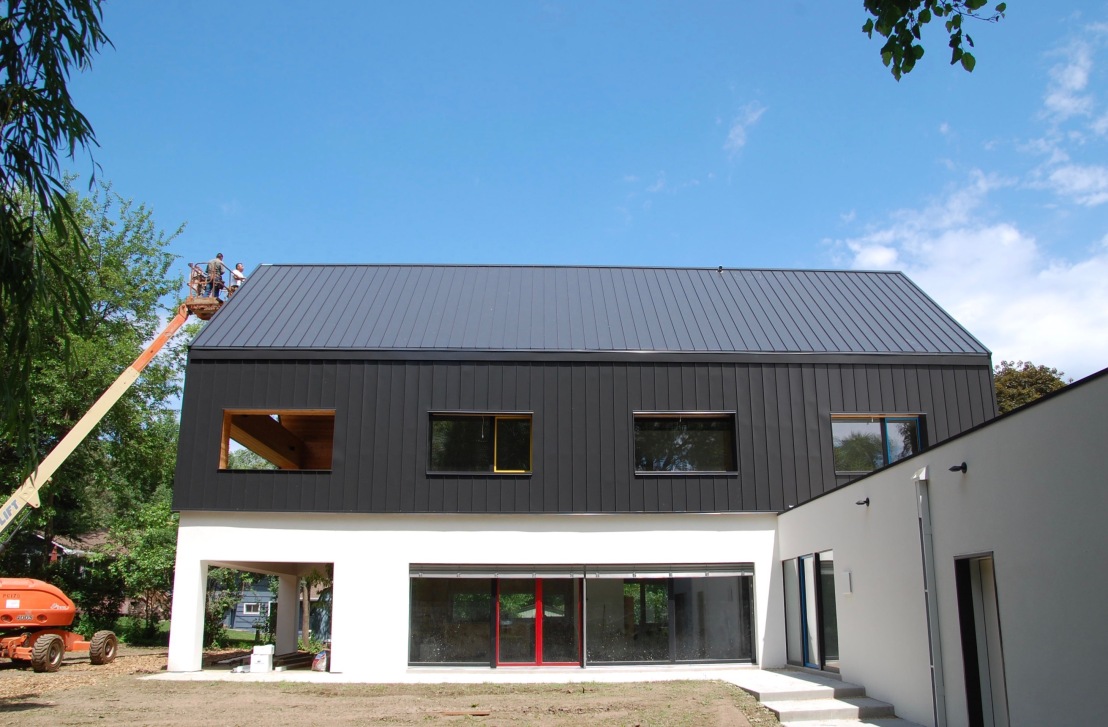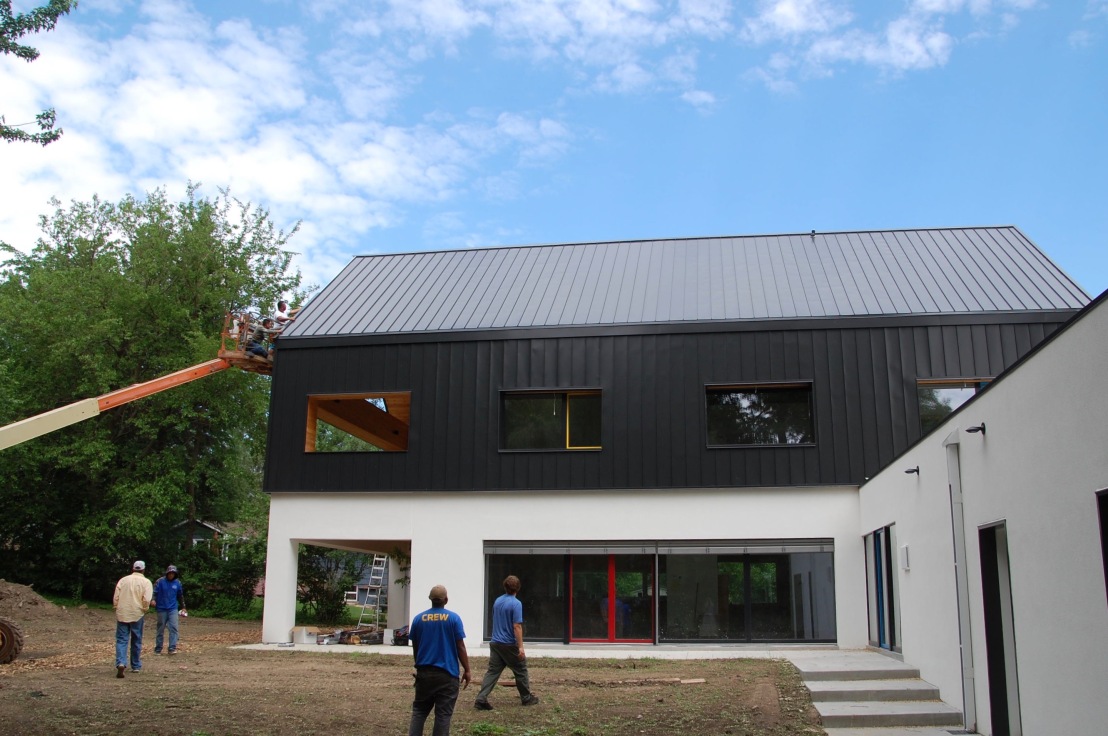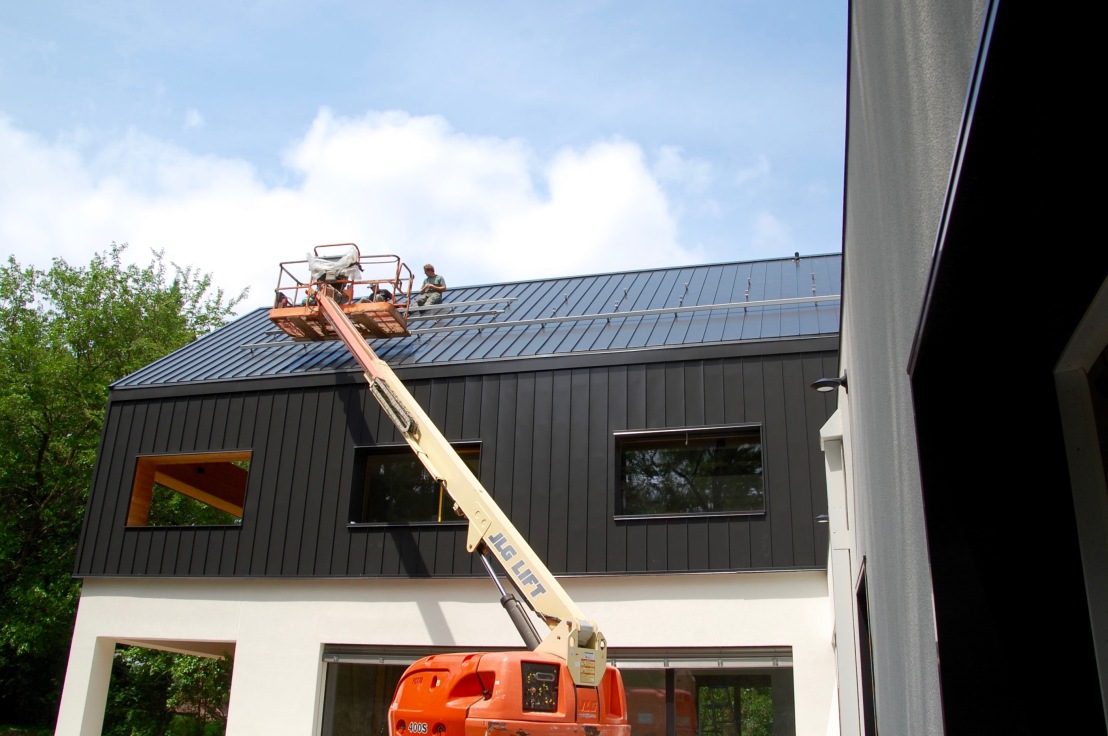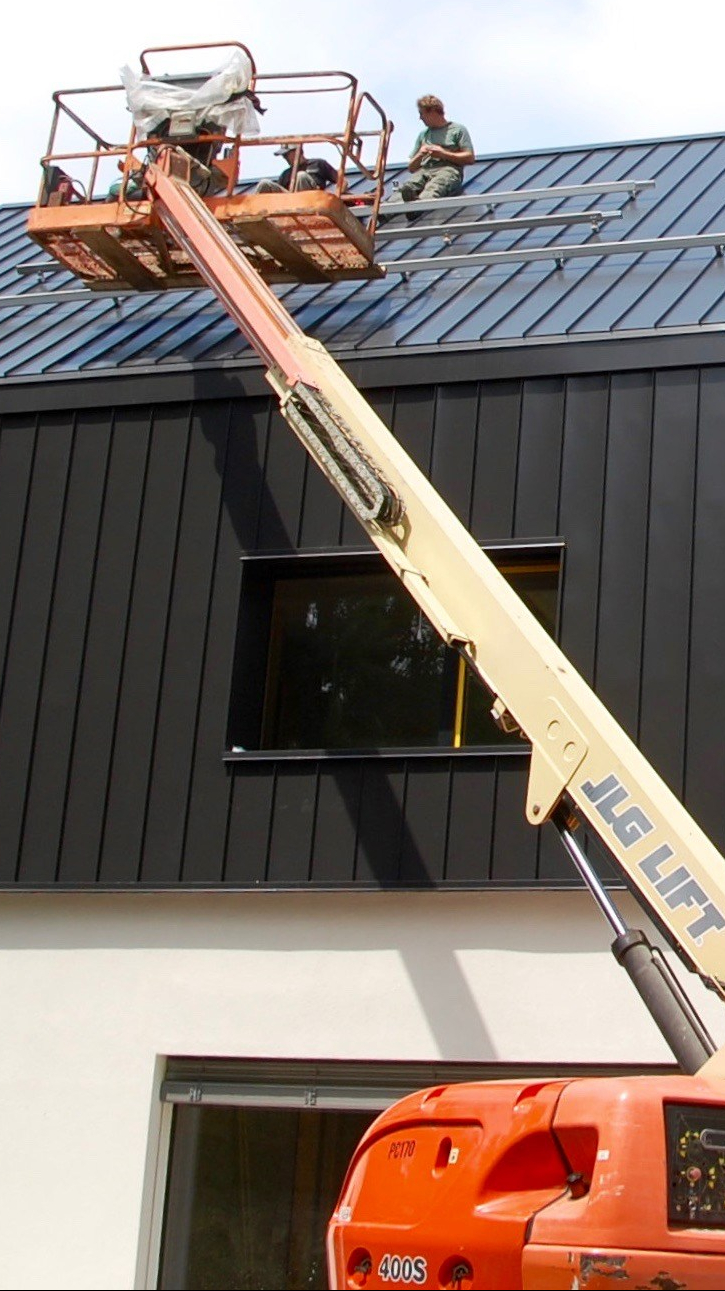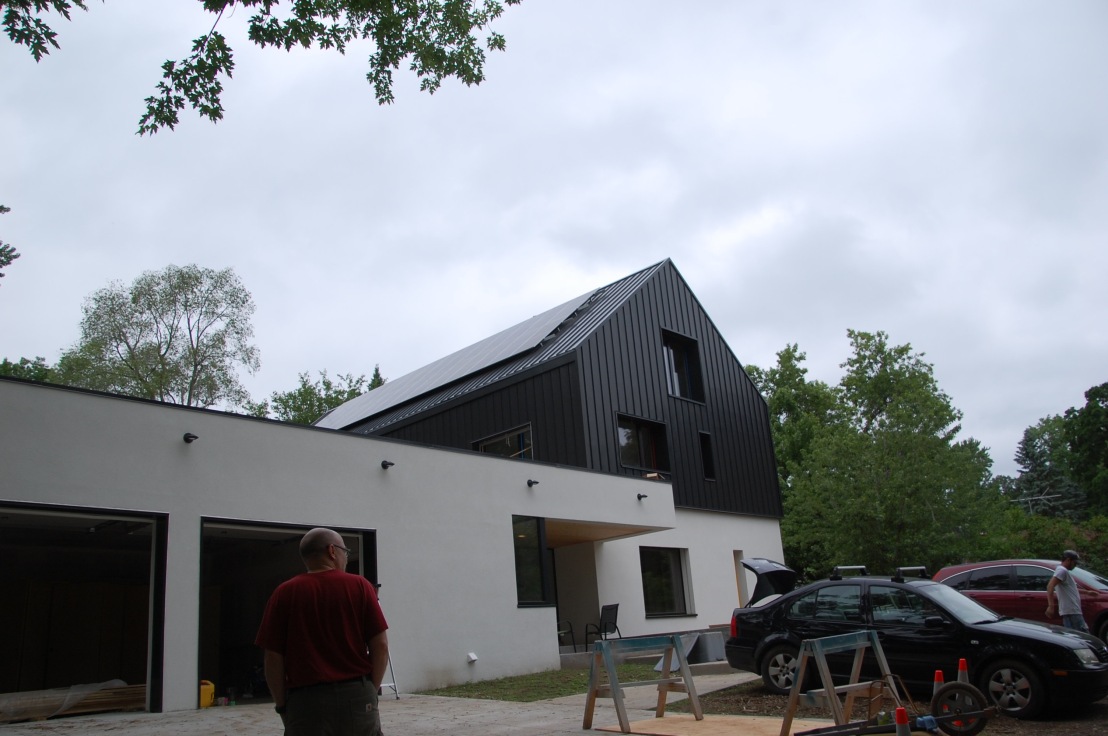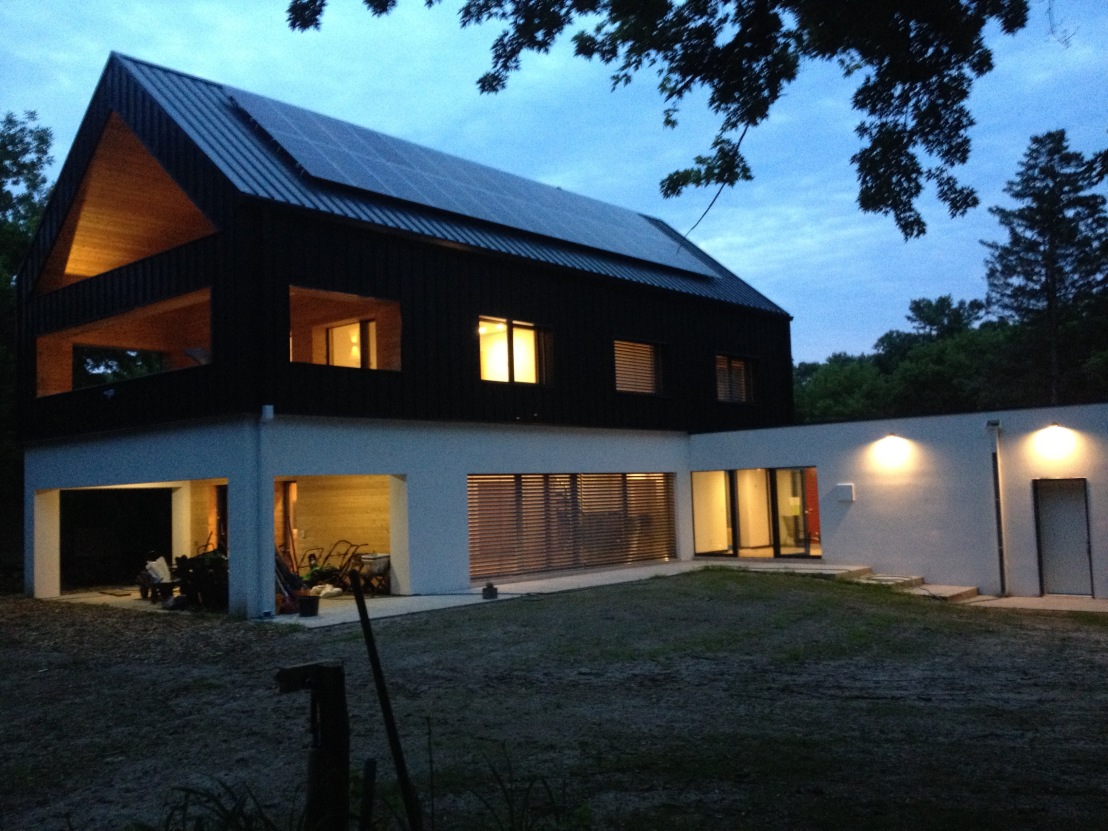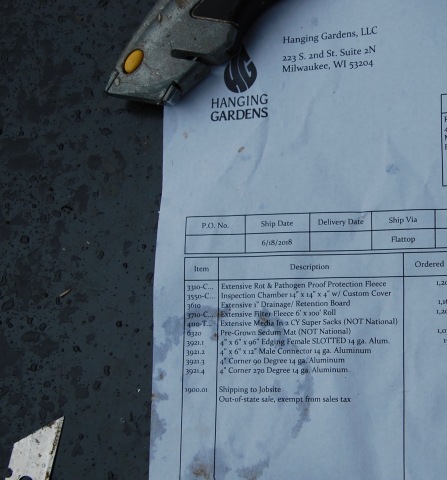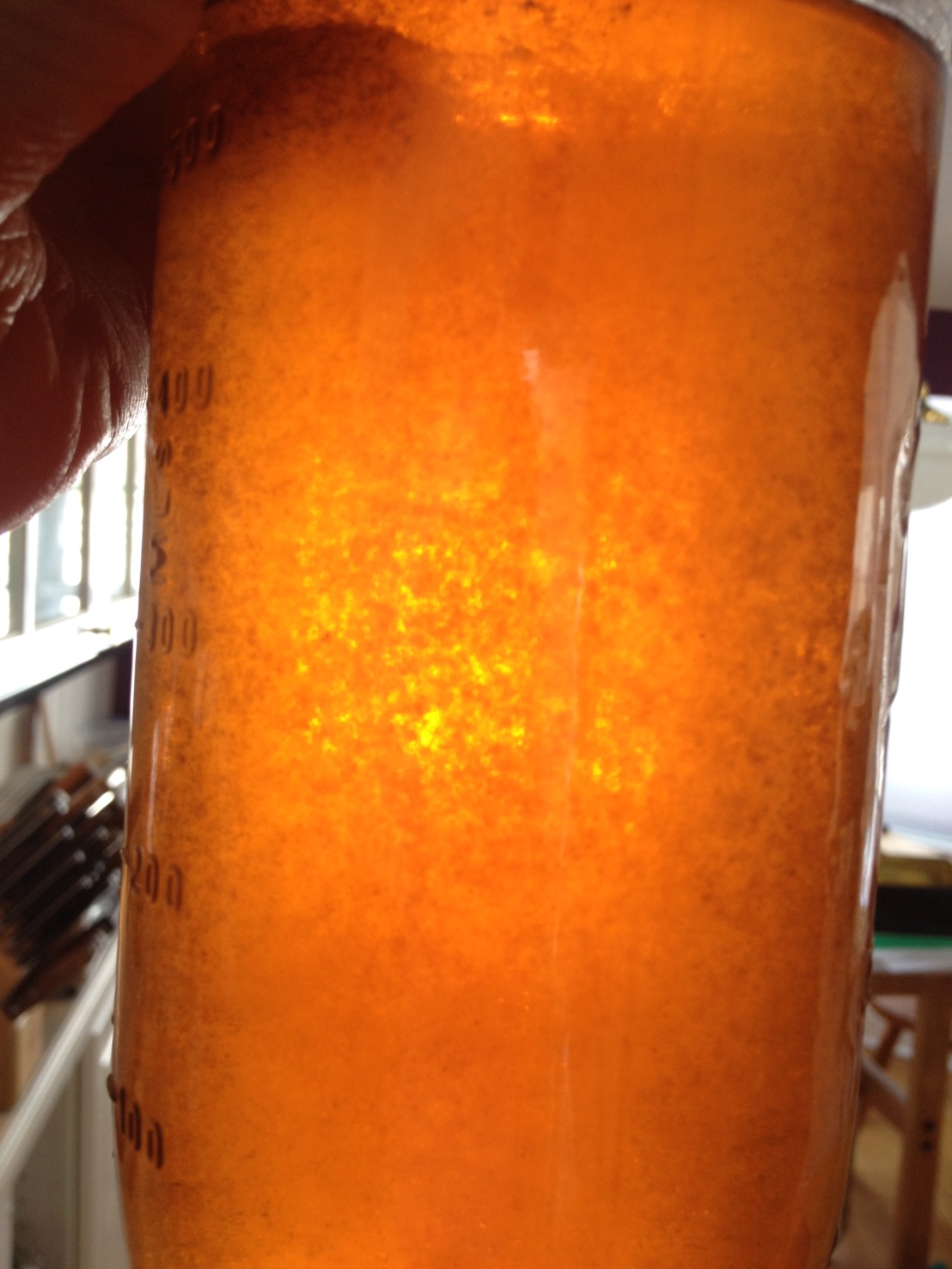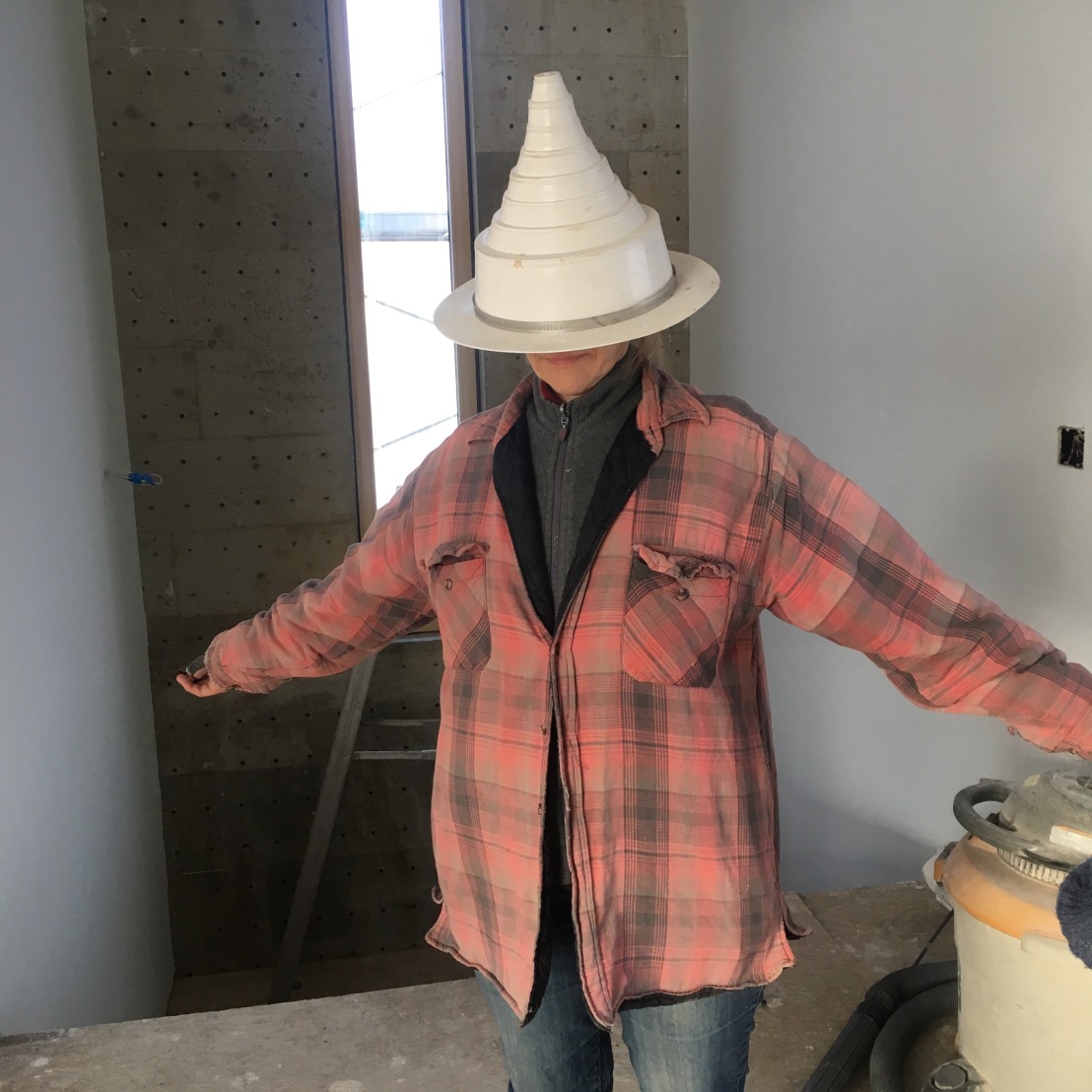In our past homes, natural gas provided fuel for heating the home, hot water, and much of the cooking. In the Sweet Tree Passive House, there is no connection to the gas main. It is an all-electric house.
Gas is a complication in a tightly-sealed house such as a Passive House. Combustion requires exhausting the combustion products, as well as bringing fresh air in to replace that lost out the chimney. Getting that make-up air to the flame location without chilling your home in winter can be challenging. You’ve just put 2 holes through your weather envelope just to manage burning gas.
Our Passive House stays comfortably warm most the year, with little additional energy input beyond sunlight and day-to-day living, plus the small energy used to constantly circulate fresh air through the heat exchanger. Our heat exchanger will also have a ground loop of about 300 feet of glycol, which should add or subtract a few degrees, depending on the season. Still, there will always be some days when it’s cold enough and cloudy/snowy enough (or just dark enough right round the winter solstice in December) where the sun won’t be enough. Using some backup heat generated by electricity shouldn’t be a problem, nor ruin our ecological footprint.
For cooking, we have an induction cooktop, and electric oven and microwave. The induction cooktop is actually more efficient than gas and faster, as well. People love gas for its quick heat, finely controllable heat range and ability to easily generate high heat. Induction is able to do that quite well, it turns out. And there’s the benefit of the smooth, seamless glass surface, easily cleaned. No more cooked-on spills of gas burners. We actually chose induction before learning that it was better than gas.
A perhaps more significant change is using electric for domestic hot water, instead of gas. We use an air-to-water heat pump. Because it’s much more efficient to move heat than to create it, it turns out that a heat pump water heater is roughly 3 times more energy efficient than a gas heater. There’s no chimney up which a large portion of your heat disappears with gas — the best gas heaters are about 60% efficient, wasting 40% of the gas-produced heat. However, gas can produce more BTUs of heat per hour, and that means gas water heaters have a much faster recovery time. We have a larger volume tank, and we need to be cognizant of not using up all the hot water and expecting to have more in just an hour. We have not ever run out of hot water in 2+ years, and in fact, we’ve barely thought about it.
We can live with these small changes, in return for the benefits of a lower energy bill and not having gas in the house at all. And because we’ve lived near 3 different homes which exploded due to gas leaks, we also reflect on the benefits of non-exploding homes, as well as lower indoor pollution from time to time.














